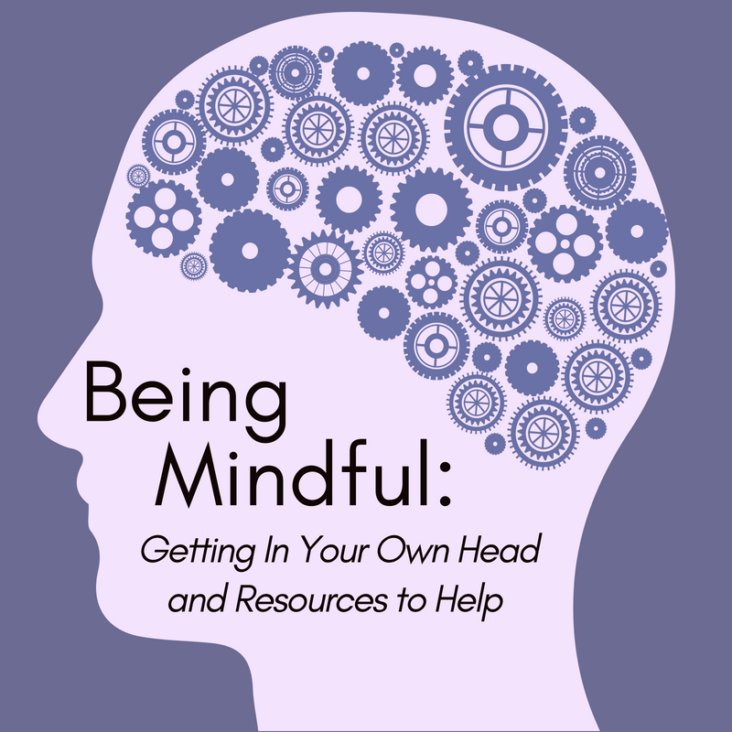Are you mindful or is your mind full? Full of fiction, and narratives that aren’t relevant in the now? Full of disturbing and disruptive thoughts that pull your mind in all directions?
The mind can be a soothsayer, but it struggles to calm down and accept reality as it is. The mind tends to wander more frequently in the past or brood on the future than staying in the present, implying that our mind is not calm and is enmeshed in the complex web of imaginations and useless thoughts. The article will give you an insight into a mindful lifestyle and the benefits one can gain by adopting it. Furthermore, we will discuss the challenges of practicing a mindful lifestyle and how one can practice mindfulness.
Definition of Mindfulness
Mindfulness is reawakening oneself to the present rather than ruminating on the past and worrying about the future. To live mindfully, one must be aware of all sensory perceptions and be in the present moment both physically and mentally. The focus is on everything that is immediately surrounding one’s mind, body and soul.
Developing mindfulness can be used as a strategy to objectively observe and identify thoughts, feelings, and sensations in the body without automatically succumbing to self-criticism and judgment. This can help one to better manage challenging emotions, that otherwise override our mental faculties.
History of Mindfulness
Since ancient times, people have used mindfulness techniques. They go back all the way to when Buddhism emerged as a spiritual path: the Buddhist concept of ‘Sati,’ relates to the “moment-to-moment awareness of present events.” Buddhism was founded somewhere in the fifth century BCE by Siddhartha Gautama (who after attaining Nirvana was called Buddha). Nevertheless, Thomas William Rhys Davids, a British magistrate in Galle in erstwhile Ceylon (now Sri Lanka), recognized the term ‘mindfulness’ as the most accurate translation of the Buddhist idea of Sati in 1881. This led to the current translation of Sati to mindfulness. While mindfulness was widely practiced in the East, it didn’t make its mark in the West until the 1970s. Jon Kabat-Zinn is considered responsible for the emergence of mindfulness in Western culture.
Under the guidance of various Buddhist masters like Philip Kapleau and Thich Nhat Hanh, Kabat-Zinn learned mindfulness.
He created a program called Mindfulness-Based Stress Reduction (MBSR) while serving as professor emeritus of medicine at the University of Massachusetts Medical School in the late 1970s. The course aimed to help patients to cope with pain and stress that is associated with chronic illnesses. Research showed that that patients would frequently strive to escape discomfort, but doing so ended up causing them greater misery. Kabat-Zinn concluded that the more successful method was mindfulness training.
Mindfulness involves two key aspects
- Awareness: It entails being consciously aware of your inner thoughts and feelings in the current moment. This means being having presence of mind in the present moment and acknowledging whatever emotions and thoughts you may be experiencing. With practice, being mindful can lead to a greater sense of understanding and a deeper connection with yourself.
- Acceptance: It is the ability to observe and accept thoughts without any evaluation or avoidance. Acceptance encourages you to observe objectively and learn from your experiences in a non-biased manner. This helps you to cultivate compassion and kindness towards yourself and ultimately leads to deeper self-understanding and self-love.
To be continued… Part 2 discusses the benefits of mindfulness and how to successfully practice it to your advantage.

